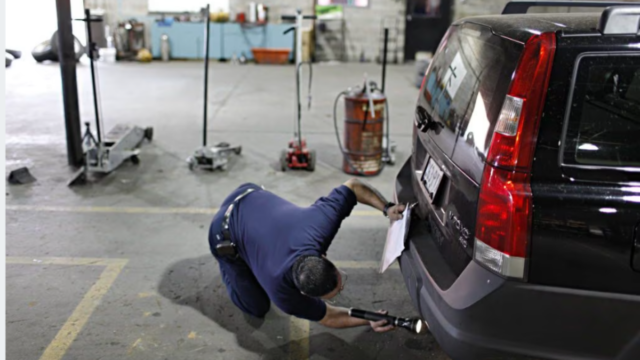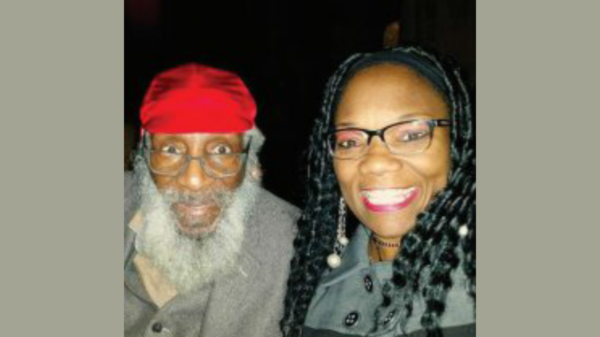
Texas lawmakers recently passed a bill that would be considered a victory by drivers who dread taking their vehicle in for its annual safety inspection, but those living in areas such as Dallas-Fort Worth will still have to make an annual trip to the mechanic and pay a yearly fee.
The bill, which eliminates the state’s annual vehicle safety inspection requirement, was sent to Gov. Greg Abbott last week. If he signs it into law, it would go into effect Jan. 1, 2025.
Those against the change say it could put Texas drivers and others on the roadways in danger while the bill’s supporters argue the inspections are inconvenient and costly.
Texas is one of about a dozen states that require an annual safety inspection. The inspections for passenger vehicles check a myriad of the vehicle’s parts at once, including its exhaust system, lights, tires, brakes and windshield wipers.
Despite the state likely dropping the safety inspection, residents in 17 of the state’s most populous counties will be required to complete annual emissions inspections. Those counties include Collin, Dallas, Denton, Ellis, Johnson, Kaufman, Parker, Tarrant and Rockwall to name a few, according to the Texas Department of Public Safety.
This isn’t a new requirement but one to make note of if the other annual inspection ends up being dropped. Vehicles manufactured in the last two years or older than 24 years are exempt from this requirement, DPS says.
All vehicle owners will still be on the hook for annual fees, too.
Drivers will continue to pay the $7.50 annual fee they were previously paying, they just won’t all have to take the car to the mechanic to do so anymore. Those registering their vehicles in Texas for the first time will pay a $16.75 fee.
These funds will go toward the Texas mobility fund, the clean air fund and the state’s general revenue.
This story, originally published in The Dallas Morning News, is reprinted as part of a collaborative partnership between The Dallas Morning News and Texas Metro News. The partnership seeks to boost coverage of Dallas’ communities of color, particularly in southern Dallas- at the bottom.









